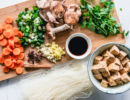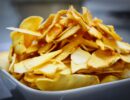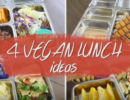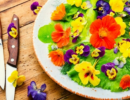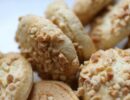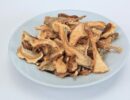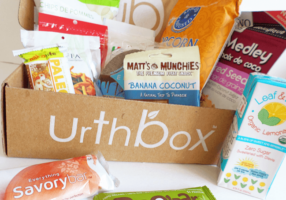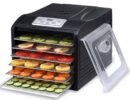Going dairy-free is essential but sometimes difficult part of becoming a Vegan. The good news is that it’s actually a lot easier than you think, and most of the arguments that people use to promote dairy are just myths. More importantly, there are significant health, environmental and ethical reasons for removing dairy from your diet.
Health
There are numerous examples and stories of people who have removed dairy from their diet and noticed positive benefits. These benefits range from more energy, a sense of ‘feeling lighter’ to reductions in acne, ear infections, and improvements in congestion.
This is due to dairy being difficult for the body to break down.
To see how a dairy free diet could suit you, you could commit to it on a trial basis for one month. This is easy for anyone to do with a bit of commitment.
Of course, each person’s health is different, make sure you are informed as to what your body needs by educating yourself on all aspects of your health needs.
After only a little bit of research, you may be shocked to find out just how great your caloric intake is when consuming dairy. Additionally, the type of fat is saturated fats – the same that is found in beef.
So for people who are wanting to lose some unwanted weight, dairy free is an excellent place to start.
Environmental
The impact of dairy on the environment is disastrous. The constant requirement for precious water for all aspects of the dairy cycle, to the obscene amount of grains that are needed for feed, to the chemical runoff from dairy farms.
“The average dairy farm with 700 cows uses 3.4 million gallons of water every day”
It’s enough to make you feel sick (pun intended).
Steps to go dairy-free
Step 1: What’s Your Motivation?
You may be seeking a more healthy diet, or you may be wanting to reduce your footprint on our wonderful earth. It is important to write down the exact reasons that you would like to pursue a dairy-free life. This is an important step as it may become hard, especially at the beginning, and you can refer back to your list of reasons to remind yourself.
Step 2: Get Informed as to What Foods You Can/Cannot Eat
You may be shocked to find out just how much dairy you are consuming every day. This step does take some time. Go through your food pantry and fridge at home and read the labels. See what is in and what is out.
Tip: For increased chances of success, when you start on your dairy-free diet, try to limit the amount of dairy in your house to reduce mistakes and temptations.
Step 3: File Those Foods in “Don’t Think About”
For foods that you used to consume such as cheese, yogurt, etc just don’t think about it. If you focus on all the things you can’t have you will torture yourself.
Do your best to bring yourself back to the reasons why you are doing it – this part becomes easier over time.
Step 4: Identify the Foods That Make You Healthier
This is the fun part. Research healthy foods that will love you back. Be in tune with your body after eating and see how that particular food makes you feel.
“Did that Mediterranean salad make you feel light?”
“How full did I feel after eating the lentils for dinner?”
Step 5: Plan It Out
Plan your meals out a week ahead. Breakfast, Lunch, and Dinner. Doing this will limit your chances of last-minute bad meal choices. A simple way of doing this is to make a list on a notepad, or better yet, use a chalkboard or whiteboard that located in your kitchen and write it all down.
Step 6: Make Sure You Have a Backup
These days, everyone is super busy. So plan for those times when you have to work late, get caught in traffic, or have a meeting that goes longer than planned. Have a backup in the fridge or freezer that you can use in emergencies.
Don’t get caught without!
Dairy Food Substitutes
Butter: Earth Balance is a great option that is easily available to those who are based in North America. I happen to know that for those readers who are based in Australia, Nuttlex is an excellent alternative.
Yogurt: I know more than a few of my dairy eating friends who actually prefer the taste of soy-based yogurts over regular. A great option is anything from these guys.
Milk: I love my morning coffee, it’s the one thing I cannot do without. It’s even better with soy or almond milk. Seriously, you will love the taste and prefer it too after only a few days.
These alternatives are perfect for smoothies (coconut milk and water are great too), cereals – everything!
Cheese: We live in a great time, there are so many vegan cheeses to choose from right now! These can be found in some supermarkets and most health food stores.
Ice Cream: There are AMAZING recipes out there for vegan ice cream. Check out our recipe for delicious banana and peanut butter ice-cream (you’ll thank me later!)
If you would like some more alternatives to have a look at our friend Kayley Melissa’s video:
What about Calcium?
So, you have decided to eliminate milk-based products. What about your calcium intake??? Great question – check out our article on how to get enough calcium on a vegan diet.
The short answer is there are so many healthy and delicious dairy-free alternatives, have a look at this infographic for some inspiration.
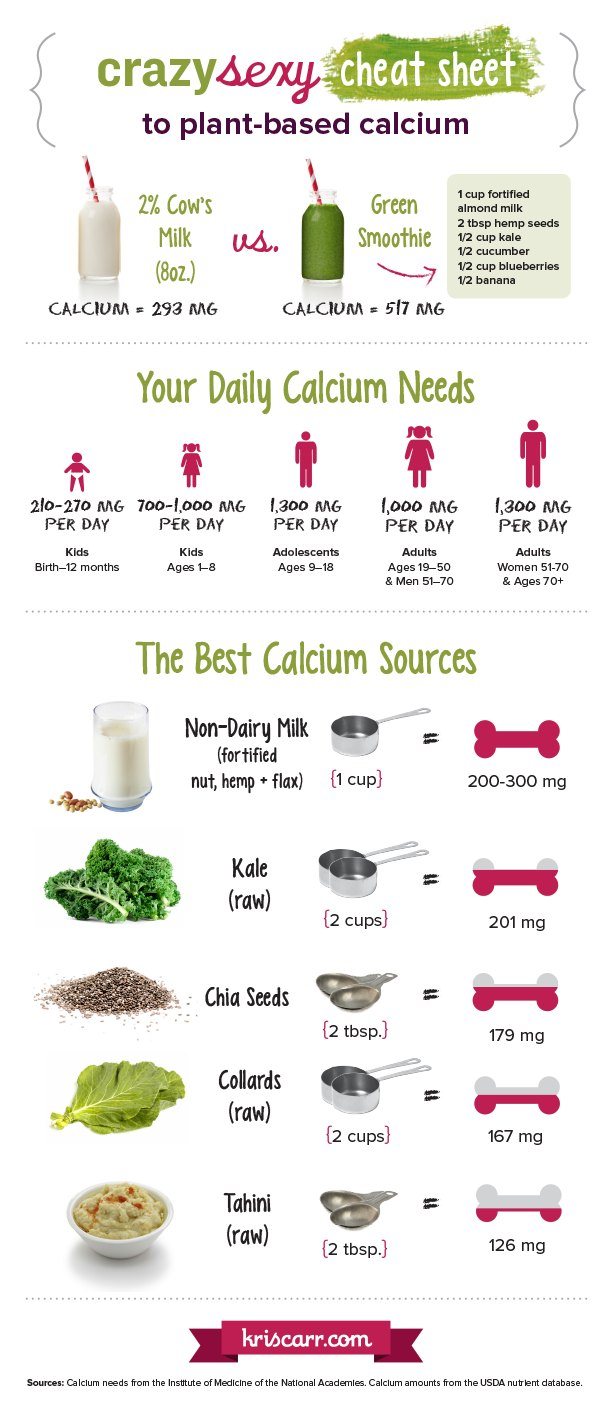
Dairy-Free Cookbooks
It can be a safe bet to say that anything that has the word “vegan” in the headline is a winner. For people who are looking to make the commitment to this diet there a few books that are easier for beginners. These are:
- 100 Best Vegan Baking Recipes – Exactly what it says it is. So much great inspiration and a perfect place to start
- Nom Yourself – Fantastic for beginner vegans, with tips to make vegan options of many of your old favorite dishes. Have a look at our review of this book here.
- Quick-Fix Vegan – A delicious assortment of excellent recipes that are super quick and easy to prepare.
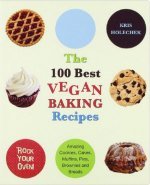
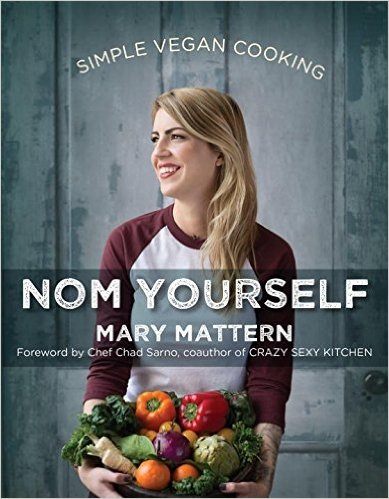
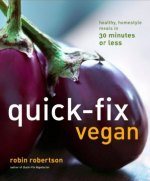
Hope this guide helps! Can you think of another way that you can ease into becoming dairy free? Have you used the information in this guide to help yourself, how has it gone for you?
![]()






